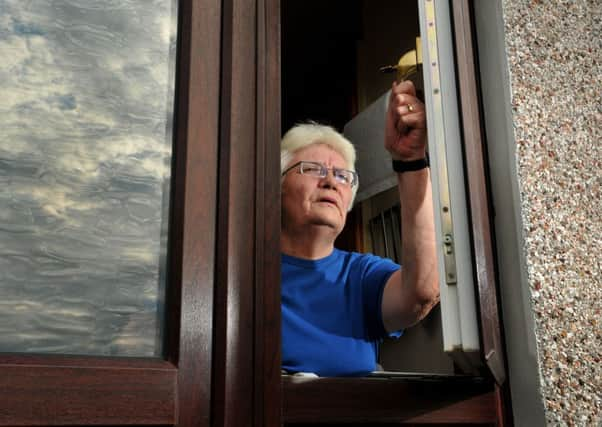1000 Highland homes targeted for radon gas checks


Parts of the region are regarded as being at a high risk of the natural radioactive gas which is linked to 1,000 deaths in the UK from lung cancer every year, including between 100 to 200 Scots.
Researchers have found that radon is responsible for almost one in 10 lung cancer cases, with smokers most at risk.
Advertisement
Hide AdAdvertisement
Hide AdThe gas can seep out of the ground and accumulate in buildings. Stringent tests need to be carried out in properties deemed at a danger of high levels as it can not be seen, heard, felt or tasted.
A total of 1,150 council homes, schools and other council buildings deemed to be most at risk are being targeted for the testing in the coming months.
Highland Council has commissioned Public Health England (PHE) to carry out the operation.
Tests have previously been carried out in Fort Augustus and Helmsdale, including five schools.
The local authority said it was writing to tenants in parts of the Badenoch and Strathspey, Wester Ross and Strathpeffer and Lochalsh wards, as well as Caol and Mallaig and Landward Caithness.
Tenants in East Sutherland and Edderton, Dingwall and Seaforth and Aird and Loch Ness will also receive letters about the tests.
The project will involve placing two small detectors in a house for three months, after which they are sent for analysis.
Hugh Fraser, the council’s director of education, said: “The council has made significant efforts to solve the radon problems by employing specialist radon consultants and contractors to instal the required works.
Advertisement
Hide AdAdvertisement
Hide Ad“It is unfortunate that we have encountered delays with some properties but the contractors are aiming to finish the remaining specialist works next week.”
Radon comes from the tiny amounts of uranium that occur naturally in all rocks and soils.
The gas is odourless and colourless and occurs in all parts of the UK. It disperses outdoors so levels are generally very low.
Each individual breathes it in throughout their lives and for most UK residents, radon accounts for half of their total annual radiation dosage.
However, geological conditions in parts of the north can lead to higher than average levels of the gas forming.
Exposure to high levels of radon over a long period may increase the risk of developing lung cancer, although the council has said that there is no “acute risk” from the gas.
Where a high level of radon is present, steps can be taken to reduce the level, normally by increasing the ventilation under a suspended floor or sucking out the radon from under a solid floor, using a fan.
Following testing, householders are sent details of their radon level, what it means as well as advice. The Health Protection Agency have produced a map defining areas with a 1% or greater probability of exceeding the action level (radon affected areas) in Scotland, which can be seen on their website.
Advertisement
Hide AdAdvertisement
Hide AdIn February, high levels of radon gas were found in five Highland schools - Glenurquhart High School, Drumnadrochit; Glenurqhart Primary, Drumnadrochit; Helmsdale Primary; Halkirk Primary; and Kilchuimen Academy and Primary in Fort Augustus which is a shared campus.
Last month, Historic Scotland said the visitor centre at Urquhart Castle on the shores of Loch Ness would be monitored for radon gas.
The council said it was important to emphasise that there was no need for any immediate concern. There is no acute risk from radon. Any risk is due to long-term exposure.
It said the detectors were being installed as a precaution and in response to the results of tests in nearby Drumnadrochit.
Tests will not be done in the castle ruins because the gas only poses a risk in confined spaces.
Meanwhile, the levels of radon have fallen at Helmsdale Primary School, Helmsdale Library and Brora Heritage Centre.
Public Health recommends that action should be taken to reduce radon levels in houses where the radon concentration is measured at or above the Action Level of 200 becquerels per cubic metre.
Meanwhile, householders now subject to the testing operation are able to obtain a measurement kit for around £40 from the Health Protection Agency.
SEE ALSO: